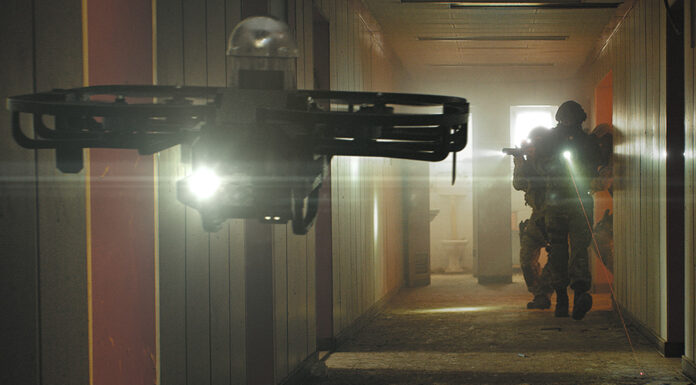US forces fully expected that movement of combat formations from the Kuwaiti border to the city of Baghdad would be swift. This speed of maneuver produced distances that exceeded the capability of today’s tactical radio systems normally assigned to these formations and hindered effective communications between tactical headquarters. The Army, in response to this requirement, fielded Blue Force Tracking (BFT), a Force XXI Battle Command Brigade and Below (FBCB2) system that would allow V Corps to execute “battle command on the move” utilizing commercial L-band satellites. L-band connectivity was chosen because it could quickly be leveraged to provide a data connectivity path to 3rd Infantry Division given the compressed time constraints and exigent requirements of Operation Iraqi Freedom.
Blue Force Tracking permits low bandwidth connectivity over greater distances than had been doctrinally perceived to be within the realm of the possible. This connectivity allows the BFT equipped units to be visible on the Common Operational Picture (COP), which makes their location visible, in near real- time, at all levels. This provides the combat forces with a high degree of situational awareness, letting the units fight digitally enabled. This also produced the positive aspect of friendly force identification on the battlefield, which drastically reduced the possibility of fratricide in this non-linear fight. The Blue Force Tracking capability was critical to the success of 3rd Infantry Division and V Corps as they moved to Baghdad.
Additional parts of this article:
- Operation Iraqi Freedom C4ISR Lessons Learned
- Combat Implementation of the NCW Doctrine part I
- Combat Implementation of the NCW Doctrine part II
- Tactical C3 Performance
- Mobile Command Post Operation
- Tactical Operations Center Performance
- Beyond Line-of-Sight Communications
- Battle Command on-the-Move



















